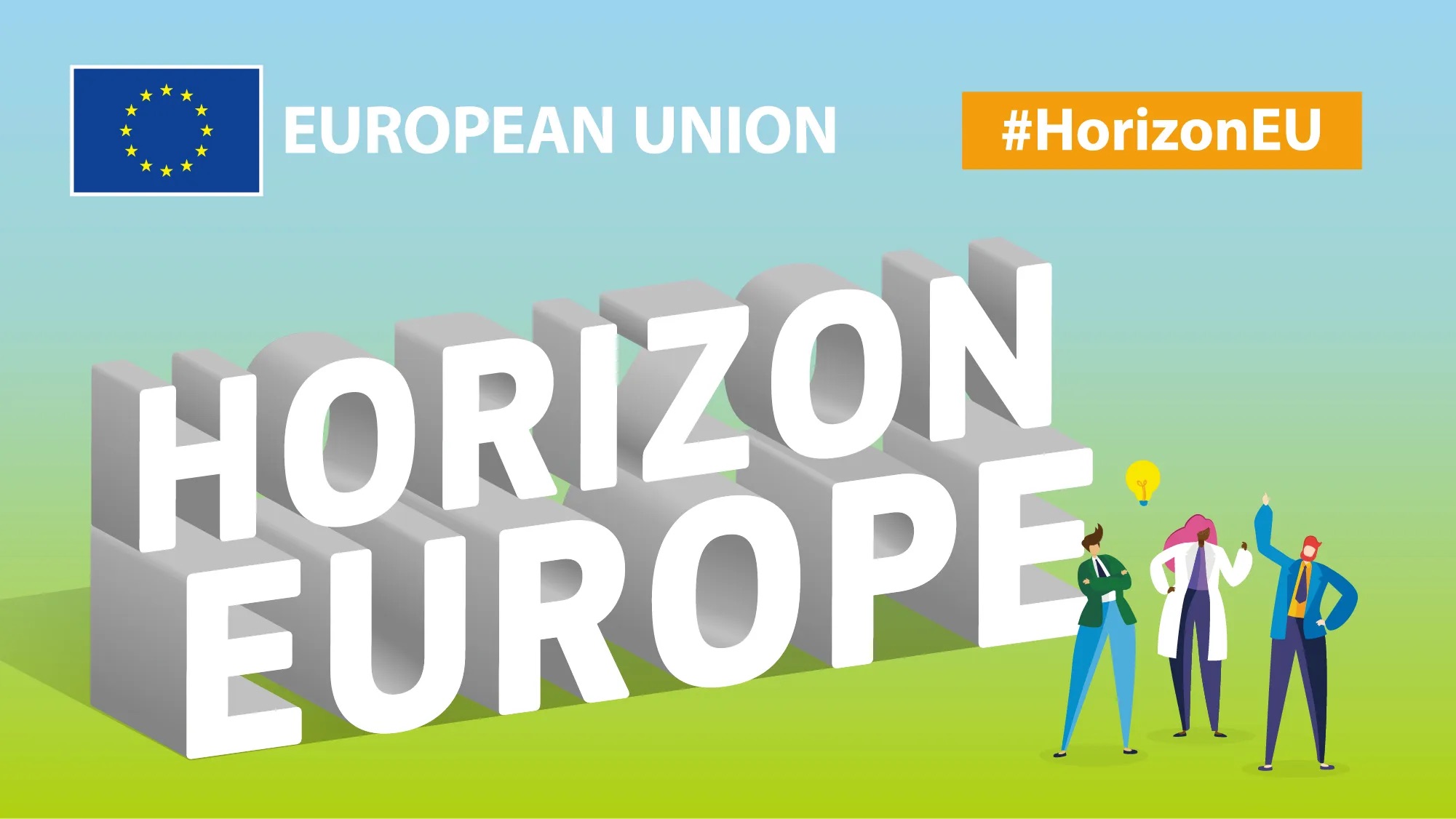
AEuCC has been part in the recent months of an important European Horizon Project of Cluster 2 Heritage in the field of handicrafts, titled: “TRAFT: CRAFTSMANSHIP FROM TRADITION APPROACH TO FUTURE”.
Thanks to a strong collaboration between all partners, the main initiatives of the project are:
- general project management;
- research and analysis activities by gathering requirements and analyzing real and common needs of the craft sectors all around the EU and some associated countries. This information will serve as requirements for the technical work packages WP3, WP4 and WP5;
- support the research and innovation about the possibilities of the new cutting-edge technologies in the craft sector. Those technologies will be related to different aspects of the creative path, from product development to production, including all the stages of the craft sector value chain;
- define the technology transfer process and test and experiment with technologies in the real craft sector by future and actual artisans and develop new professionalism, carriers and future CV of the new craftsman;
- create a platform in order to support technological developments of the WP3 and WP4, but also to share knowledged, techniques, materials and processes data registered in WP2 with the immersive experiences of the real artisans;
- communication, dissemination and exploitation of all results through many activities and events (with AEuCC as WP-leader).
The project was started and submitted by initiative of AEuCC which is, together with the lead partner University of Bologna, one of the main coordinators. Other partners are: Meditech Consortium for Innovation of Naples representing 7 universities, the World Craft Council Europe (European federation of craftsmanship chaired by Elisa Guidi of ARTEX), the University of Stuttgart and University of Leiria, Academy of Riga and Academy of Wroclaw, but also 3 very important private companies, such as Colorobbia, leader in the ceramic and glass materials sector, Cerámica Cumella of Barcelona, supplier of materials and technologies to the Sagrada Familia, Parc Guel and collaborator of architects such as Renzo Piano and protagonist of the “new European Bauhaus” and Manufaktura, the main company of Boleslawiec ceramics, and the very important Turkish City of Kutahya (with its partner Simpas)
Here the full list of participants:
- UNIBO Alma Mater Studiorum University of Bologna Italy
- AEuCC European Grouping of Territorial Cooperation (EGTC) Cities of Ceramics limited Spain
- MEDT Consorzio Meditech – Mediterranean Competence Centre 4 Innovation Italy
- WCCE World Crafts Council Europe Ireland
- IPLEIRIA Politécnico de Leiria Portugal
- KUT Kutahya Municipality Turkey
- USTUTT University of Stuttgart Germany
- AAL Art Academy of Latvia Latvia
- CECUM Cerámica Cumella Spain
- COLOR Colorobbia Italy
- AADW Academy of Art and Design in Wrocław Poland
- MNFK Manufaktura Poland
- SIMPAS SIMPAS Turkey